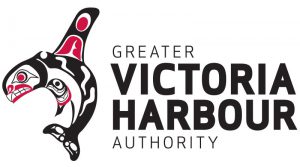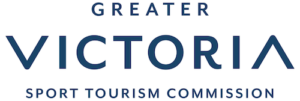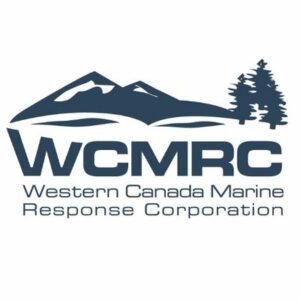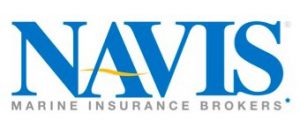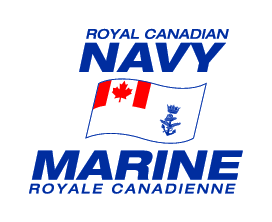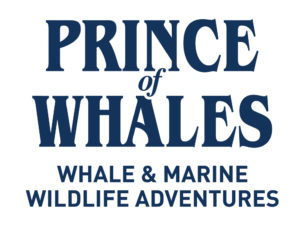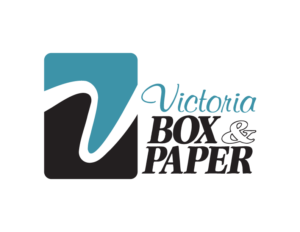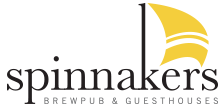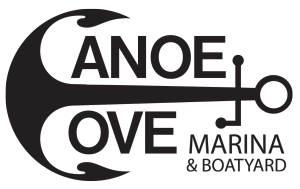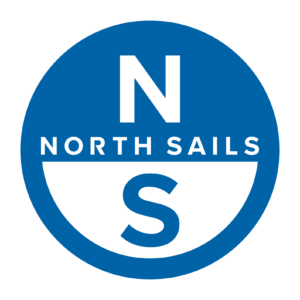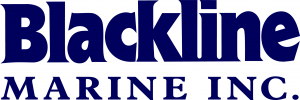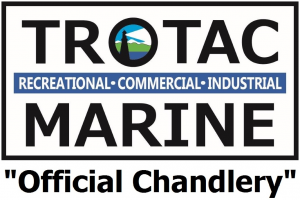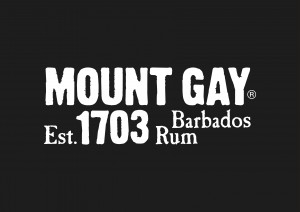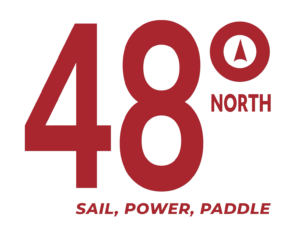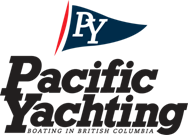Frequently Asked Questions
Racing in the Swiftsure International Yacht Race for the first time? Here are some frequently asked questions, and we recommend you familiarize yourself with the applicable Notices of Race here.
Getting Your Boat Ready
Q. What safety equipment do I need?
A. The safety requirements for monohulls, which apply to yachts racing under either the PHRF or ORC handicap systems, are posted under Race Info, Notices of Race. The Three Long Courses have been designated as ‘Coastal’. Details of each Offshore Special Regulation requirement indicates where it is mandatory or recommended for the Swiftsure Three Long Courses.
The safety requirements for multihulls racing under the PHRF handicap system for the Juan de Fuca course is posted under Race Info, Notices of Race. These Offshore Special Regulation requirements were developed in consultation with representatives of the Northwest Multihull Association and the British Columbia Multihull Society.
Q. Are there any major changes to the safety requirements for 2025?
A. The Offshore Special Regulation requirements for monohulls and for multihulls are provided under Race Info, Notices of Race. There are few changes for 2025 but racers should read all of the regulations applicable to their race course.
Q. Do I need to have insurance for my boat?
A. Each participating yacht must have third party liability insurance covering property damage, personal injury and death in an amount not less than $390,000 Canadian or $300,00 U.S. per occurrence, and the policy must cover yacht racing activities. If you are a Canadian yacht and are seeking insurance, we recommend Navis Marine Insurance Brokers, Swiftsure’s Marine Insurance Provider.
Q. What kind of sailing experience should the skipper and crew have?
A. There are no minimum sailing experience requirements to race in any of the courses. However, your attention is drawn to the item which pertains to practising at least annually Crew Overboard procedures. You will also want to review 1.02.1 of the safety requirements for monohulls and multihulls which includes that boats must be “…manned by an experienced and appropriately trained crew who are physically fit to face all weather”.
If you are racing in one of the Three Long Courses, you must understand how the Traffic Separation Scheme works in the Strait of Juan de Fuca – see representation in NOAA chart 18480.
If you are the Person in Charge and racing Swiftsure for the first time, it is a good idea to include some crew who have previously raced in Swiftsure. While not required, it is recommended that you have participated as a skipper in at least one overnight race or have experience as a crew member in all aspects of seamanship and navigation in overnight races.
Also, the Swiftsure Committee will be pleased to introduce you to an experienced Swiftsure sailor who will act as your mentor as you prepare for the race. Email the Race Event Chair, and we will introduce you to someone in your area.
Swiftsure recommends that skippers have taken the Coastal or Offshore Personal Survival Course “Safety at Sea”; Sail Canada-World Sailing Approved and the US Sailing Association, but this is not a mandatory requirement.
Navigation is an important aspect of safety. It is highly recommended that one person be designated as the primary navigator and that there be at least one other person be identified as the backup navigator. When racing at night, vigilance in keeping a lookout is necessary as there is a considerable amount of commercial and other traffic in the Strait of Juan de Fuca.
Q. What is a race tracker and why is it provided for the Three Long Courses?
A. Trackers are GPS tracking devices that provide information for the duration of the Swiftsure race if you are doing one of the Three Long Courses; Swiftsure uses the Kwindoo Tracking for Sailing application. The Race Committee uses the tracking application system to help identify the location of competitors. Please note, however, that Kwindoo Race Tracking is not part of the Global Maritime Distress and Safety System. The tracker enables family and friends ashore to monitor your progress through the Swiftsure Race, with near-live race views available via the website during the race weekend.
If you have an emergency on board you should call the Coast Guard using VHF Channel 16. When calling, you do not need to know whether you are in US or Canadian waters as the US and Canadian Coast Guards coordinate their responses. Depending on the nature of the emergency you may also wish to activate your EPIRB or PLB if such are onboard.
Q. How much lead time is required to prepare my boat and acquire all safety equipment?
A. It’s a good idea to start your preparations early. You may need to order some items (e.g. sail number banners to be affixed to lifelines) or acquire some safety gear.
You will fly a numeral pennant on your backstay indicating the race in which you are competing. The yachts racing in the Swiftsure Lightship Classic race must fly numeral pennant 1; those in Cape Flattery Race must fly numeral pennant 2; those in Juan de Fuca race for Multihulls must fly numeral pennant 3; those in Juan de Fuca Race for Monohulls must fly numeral pennant 4, those in Inshore Racing Division must fly the numeral pennant 5, and those in Inshore Cruising Division must fly numeral pennant 6.
It’s a good idea to deal with any maintenance issues, such as your engine, well before you leave your home port destined for Victoria.
Q. Where can I find information about the race courses?
A. Information about the Swiftsure 2025 race, including the course options, is found in the Notices of Race on the Swiftsure International Yacht Race website. The sailing instructions will contain detailed information about the courses (e.g.; latitude and longitude of turning marks). Swiftsure 2025 Sailing Instructions will be available after Monday May 12, 2025 on the Swiftsure website. Printed copies will NOT be included in the skipper’s race package at check-in at Swiftsure Centre in Victoria on May 24th.
Q. How do Monohulls & Multihulls Obtain a Rating Handicap?
A. PHRF-NW (Pacific Handicap Racing Fleet of the Northwest)
The PHRF Member Application to obtain a PHRF rating is found at: http://phrf-nw.org/welcome-to-phrf-nw/phrf-forms/.
Contact: your yacht club’s handicapper or phrfnw@gmail.com
PHRF BC: The application for a PHRF BC rating is found at: https://bcsailing.bc.ca/phrf
Contact: your yacht club’s handicapper or crew@bcsailing.bc.ca
Offshore Racing Congress (ORC): Locally boats race under ORC-Club. ORC-Club is designed to be simple for boat owners to obtain a rating. For ORC-Club, measurement data can be accepted as declared by the owner or obtained from any other source, including photos, drawings, designs or data from identical or similar boats. Sail measurements can come from sail design data, from one-design data, as measured by the sailmaker or measured by an ORC measurer. There are more measurements than is required for PHRF, and the measurements are not the same. The process is quite straightforward and can be done online. Go to http://www.orc-canada.org and use the link on the front page to the ORC-Club Application. Enter the measurement data for the boat. Basic rig data can be taken from brochures and sister ships or from sources like http://sailboatdata.com. Sail measurements can be obtained from design data that the sailmaker has or from measurements made by the sailmaker. To obtain a certificate with the least amount of effort, the applicant will need the dimensions for the main, largest genoa, and largest spinnaker. The ORC Canada Rating Office will receive the application and will generate a Test Certificate for review. Once the owner is satisfied with the Test Certificate, he/she can go to the payment page using the link on the front page (Renewals and Payments), fill in the basic personal and boat data, and then press submit. A payment page will be displayed and must be completed. When the Rating Office has received notice of payment, it will issue a Racing Certificate. The boat data will then appear on ORC Sailor Services.
Contact: info@orc-canada.org







